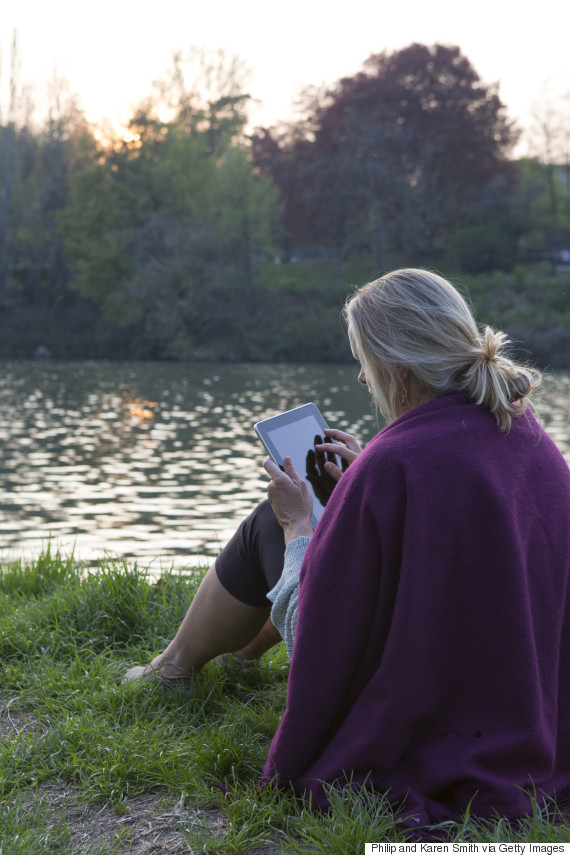
Source MS Research Australia:

Source MS Research Australia:
Two studies have recently been published which use videogame technology or “exergaming” to improve balance in people with MS. One study used Nintendo Wii Fit and the other used an electronic sensor floor mat connected to a TV screen in a rhythm stepping video game. Impaired balance can be one of the most disabling aspects of MS and can increase the risk of falls. Read on.
We set up the Edinburgh Centre (formerly known as the Edinburgh Centre for Translational Research) in 2007 with the generous support of the Volant Trust. The overall aim was to find effective treatments for people with MS. Read on.

Source HUFFPOST LIFESTYLE:
There are currently around 100,000 people with multiple sclerosis in the UK.
With this in mind, it’s perhaps surprising how little the majority of people know about the disease.
So, to co-inside with MS Awareness Week, here are seven things people with MS want you to know: Read on.
Research suggests that phenytoin, a drug used to treat seizures, may protect nerves from MS.
The phase II study at University College London involved 86 people with optic neuritis – a symptom associated with MS in which the covering of the optic nerve is damaged. Participants took either phenytoin or placebo for three months. Researchers measured the width of the retina – the layer of nerves at the back of the eyeball – at the start of the trial and after six months. Thinning of the retina is known to indicate damage to nerves elsewhere in the brain and spinal cord. Read on.